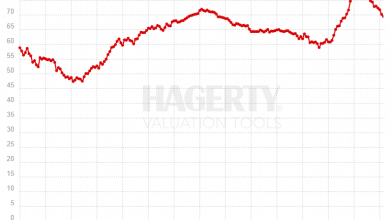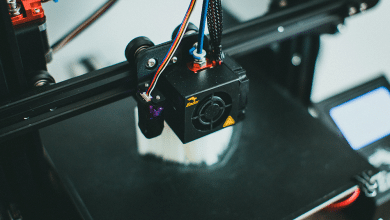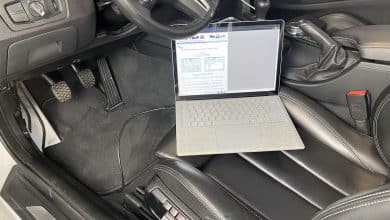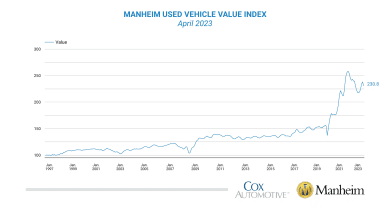Are Dealer Parts Really Worth It?
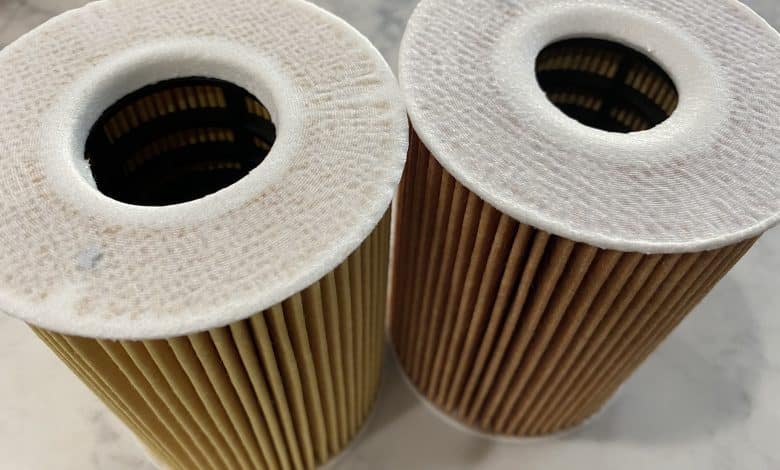
One of our most popular articles and discussions here at ShiftAtlanta is the belief amongst a lot of car enthusiasts, particularly among specialty cars like Porsche’s or BMWs, that dealer parts, and even service, is inherently superior to parts and service that you can get from third parties. The parts and service questions are different, even if related, so for this article we are going to focus on the parts discussion.
Dealer Parts vs. Third Party Parts – A Primer
Before we express any opinions on the subject, we want to start with a primer about terminology. We think this is important to note for a couple of reasons. First, not all third party parts are necessarily equal in terms of quality. While it often takes a little research or knowledge to truly know, certain terminology can help you cut through fray. Still, it’s worth noting these terms are not based on standards and can vary from company to company, even person to person. But the context is helpful.
Dealers don’t sell “overruns” of the parts they built the cars with. Most dealer parts are manufactured, boxed and sold for retail. In the vast majority of cases they are made by the same company that made the part put on your car in the factory. But not always.
The part you buy at the dealer in some instances is different than the one put on the car. There are a few reasons for this – 1) the part has been improved in a later version, 2) they’ve switched to buying parts from a different manufacturer and as part of the deal some legacy parts are being made by the new company, 3) the original manufacturer has changed or updated the part.
In most of these instances the part will still meet the original specs but its not uncommon the parts were value engineered (the process of finding a cheaper way to make a similar part).
Defining OE, OEM, OER and Aftermarket
The following chart is an excerpt of the one we use when comparing OE to OEM to OER to Aftermarket parts.
| Part Type | Value Proposition | Definition |
| OE | Lower | OE or original equipment parts are parts that were installed on the car in the factory. When you buy a part at the dealership you are usually getting an OE part. |
| OEM | Lower (dealer), Moderate (OEM branded) | OEM or original equipment manufacturer are parts made by the original manufacturer of the part and sold at retail. Most parts for your car are made by other manufacturers who provide them to Porsche, BMW, Ford, Toyota, etc. |
| OER | Moderate to High | OER or original equipment replacement are parts made by someone other than the original manufacturer of the part and sold at retail. |
| Aftermarket | Varies | Aftermarket parts are made by someone other than the original manufacturer of the part and sold at retail, usually in an attempt to improve the original part. |
Are Third Party Parts Inherently Inferior?
Most parts you buy from Amazon, eBay, or at your local auto parts store like Advance, Pep Boys, or Auto Zone are examples of parts made by third party companies that are attempting to replace the fitment and specifications of the original part. They often almost always try to value engineer the part to make them more affordable. In other cases third party parts may try to apply a technology that wasn’t available into a replacement part. This is extremely common with oil filter and brake pads, for example.
So the short answer is, while third party parts are not always inferior to the original parts, and in some cases could even be better than the originals, there is often no real way to know objectively other than the reputation of the brand, reviews and information.
Should You Stick To Dealer Only Parts?
The next question becomes, are there parts that are less expensive than dealer parts, but don’t sacrifice quality? The question is particularly important to anyone who loves their car, but seems particularly important in those specialty cars like Porsches or other high end cars.
Before we state our opinion on that, let’s do a little exercise.
Which Part Came From The Dealer?
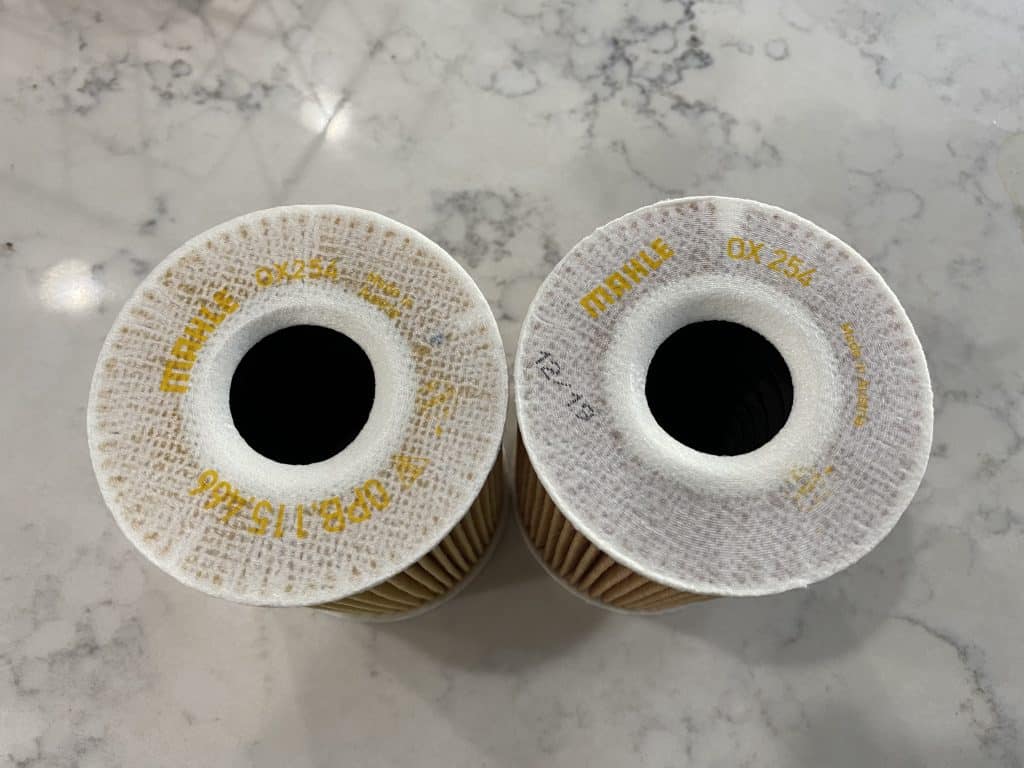
Before writing this article we purchased two oil filters purchased for newer model Porsches. One is from the OEM and was bought from an Amazon for $15 shipped. The other came from a local dealer. We checked some of the common Porsche dealers that sell online. They list it for $23-26 plus shipping. The local in dealership sells it for a whopping $32 with no discounts and before taxes. Can you tell the difference?
Dealer vs. Third Party Part Compared
Chances are you noticed a few differences, but a lot of similarities. Both are stamped and made by the same manufacturer, Mahle. The name is even stamped on both filters, even in the same font. The filter appear to be nearly the same color, size, weight. Even looking inside the interior plastic structure is nearly identical. Both came with the filter cap ring and washer for the drain plug.
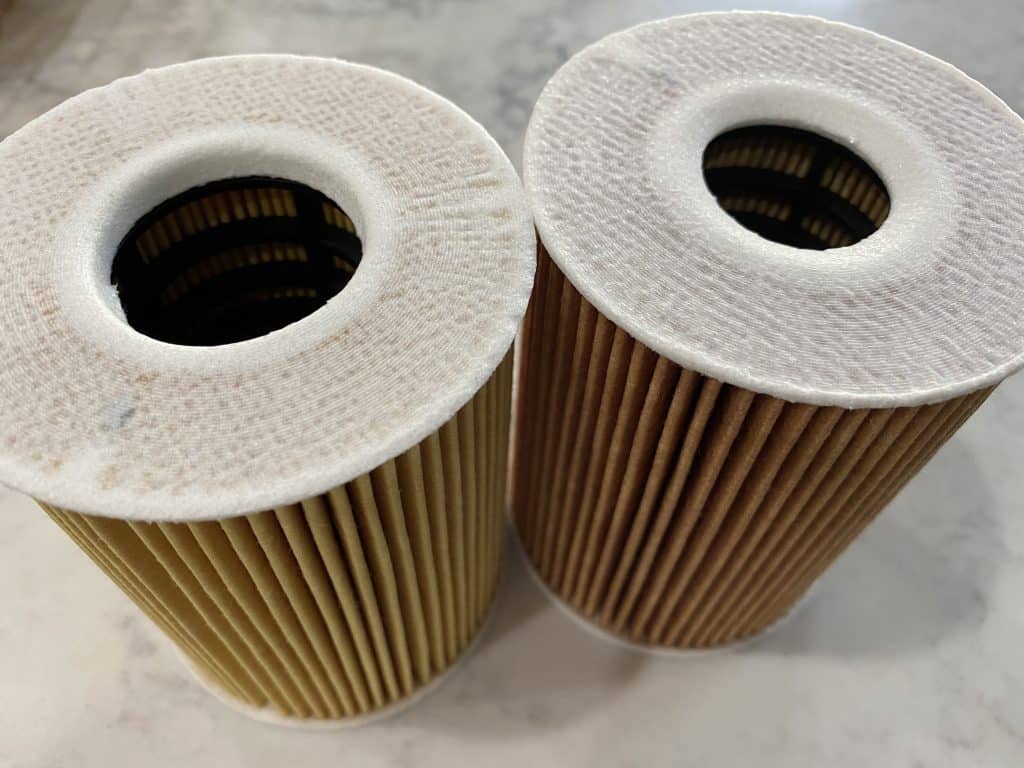
There are some differences as well, though they seem mostly cosmetic. The part number is one- the dealer part is OX256 and the one purchased at retail is OX254. If you look at the Mahle product catalog they don’t appear to label any parts in the OX256 series for retail sales. This is likely how the distinguish internally between parts made for manufacturing, dealer sales and their own retail channels.
So the difference is mostly cosmetic, why is the retail oil filter 60% of the price of the online Porsche dealerships and less than half of the price of the local Porsche dealership?
If you don’t know the answer, which one do you think is from the Porsche dealership and which one is from retail?
Dealer vs. Third Party Part Reveal
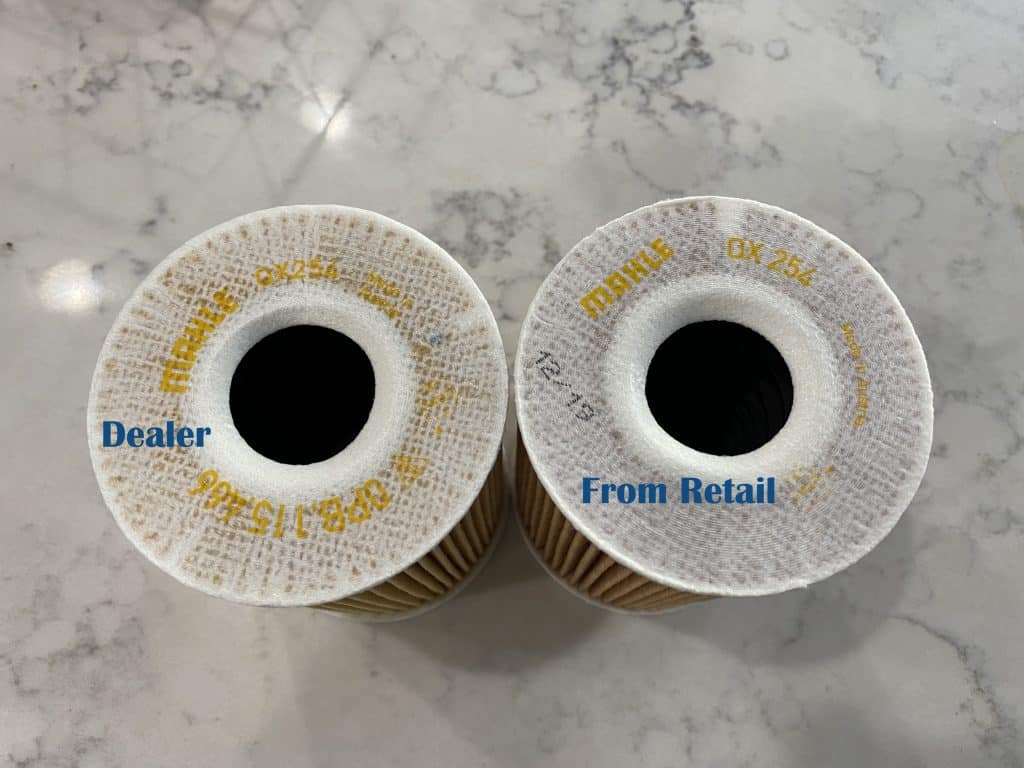
The part from the Porsche dealer is the filter on the left. The part purchased at retail from Amazon is the part on the right. It is clear that the part on the right is made by the original equipment manufacturer. They stamp a different part number on it and box it in a Mahle box for retail sales. They also take what appears to be essentially the same filter and sell to the auto maker in a box with their branding on it. This would make retail part an OEM part. Knowing this little difference can result in big savings when buying parts for your car, even while maintaining exacting standards.


